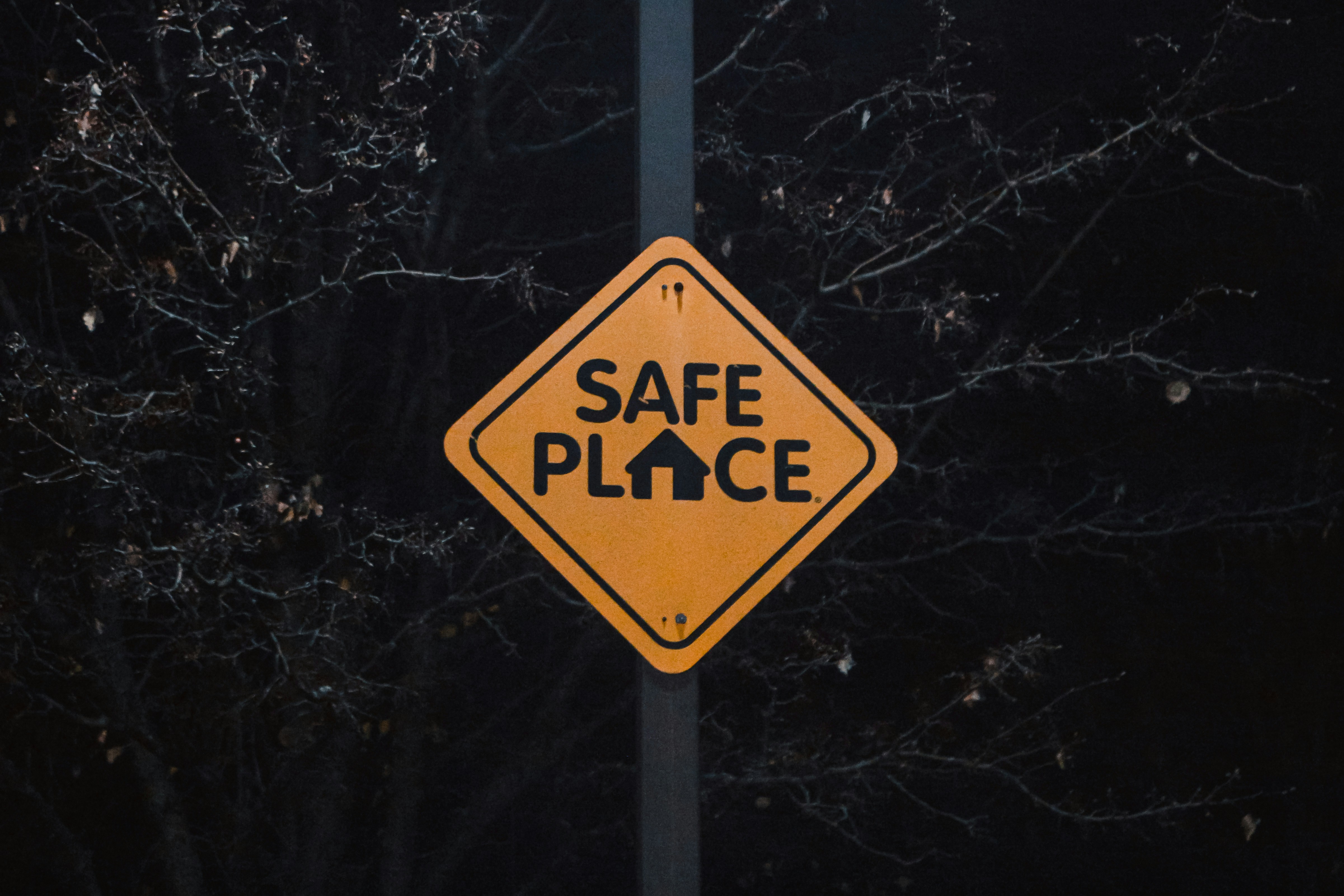
Innovative Neighborhood Safety Committees Enhance Civic Engagement
Neighbors often take action when they spot an overgrown vacant lot or hear about flickering streetlights on their block. People from all walks of life have started forming local safety committees, bringing together those who care about the well-being of their surroundings. By gathering to discuss shared concerns, these groups find simple yet effective solutions to improve their neighborhoods. As they work side by side, residents transform ordinary observations into meaningful changes, such as organizing clean-up days or partnering with city officials to address safety issues. Through these collective efforts, communities grow closer and develop a stronger sense of trust and unity.
Advertisement
Safe streets start with curiosity about the people living around us. From block parties that also serve as planning sessions to coordinated walk-and-talk patrols, these committees combine lively engagement with tangible results. Real energy flows when individuals realize they can influence their surroundings, and that sense of purpose spreads throughout the neighborhood.
How Neighborhood Safety Committees Started
City planners and local organizers initially created informal safety circles decades ago to address specific crime surges. Early versions used phone trees and physical flyers to spread word about suspicious activity. Recognizing the limitations of paper notices, neighborhoods gradually added text alerts, social media groups, and in-person gatherings to increase participation.
One of the earliest formal models developed from a partnership with the municipal police department. Volunteers met monthly at the community center to review reports, discuss local trends, and suggest small improvements—like installing reflective house numbers. Over time, these meetings shifted from reactive problem-solving to proactive community-building.
Committee Structure and Roles
Each committee organizes itself according to local needs and interests. A typical setup includes a coordinator, a communications liaison, and safety runners who handle on-the-ground tasks. The coordinator calls meetings, the liaison creates announcements, and runners conduct quick inspections or organize neighborhood events.
Some areas add specialized roles. For example, a data steward collects basic crime statistics and park usage data. A youth ambassador reaches out to teenagers, inviting them to share ideas. Everyone contributes hours, questions, and suggestions that shape the group’s calendar and priorities.
Key Activities and Initiatives
Committees plan activities that resonate with neighbors of all ages. They often focus events around common spaces—a local park, school lawn, or street corner—so people feel welcome to join in. Clear communication helps participants understand what to expect and how they can help.
- Monthly “Walk & Share” tours where residents check street lighting, signage, and sidewalk cracks, then share photos with city officials.
- Quarterly block parties that include a short safety briefing and a collaborative mural painting to brighten alleys and discourage tagging.
- Peer-led workshops on simple first-aid techniques, mental health first response, and nonviolent conflict resolution.
- Garden patrols that maintain public planters; well-kept green spaces reduce litter and encourage neighborly conversation.
- Seasonal outreach efforts offering resource guides for flood preparedness or heatwave safety, tailored to local weather conditions.
How to Engage Residents Effectively
Getting people involved often starts with small invitations. A neighbor might stop by and ask for a quick opinion on a street sign. Personal connections lower the barrier to participation and encourage ongoing involvement.
- Set up pop-up kiosks at busy intersections to hand out coffee and discuss safety ideas.
- Send door-hanger postcards with a QR code linking to an interactive forum where residents vote on neighborhood projects.
- Provide micro-grants of $50 to $200 so small groups can test new proposals—like adding bike racks or community benches.
- Create a rotating “spotlight neighbor” feature in the monthly newsletter to recognize volunteer efforts.
- Partner with local schools or libraries to host intergenerational panel discussions about shared spaces.
Measuring Results and Facing Challenges
Committees monitor community well-being by combining personal feedback with simple metrics. They keep track of event participation, log reports of maintenance issues resolved, and gather short surveys on residents’ sense of belonging. Simple charts help everyone see progress and identify areas for improvement.
When enthusiasm drops or conflicting schedules cause issues, committees adapt. One group introduced micro-meetings—ten-minute check-ins over video calls—to accommodate busy parents. Another rotated roles every three months, preventing burnout and keeping fresh voices in charge. Open conversations about difficulties help committees stay flexible and responsive.
Neighborhood safety circles demonstrate that civic responsibility begins at home. Turning daily observations into community efforts makes streets safer and more connected.
Advertisement